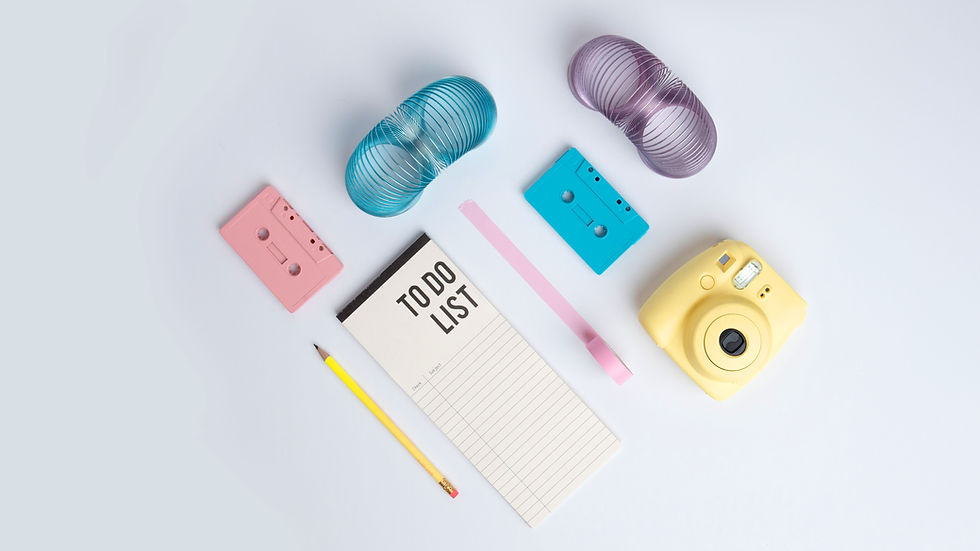The Evolution of Design Trends: What's In and What's Out
- Baris O.

- Dec 11, 2023
- 2 min read
Updated: Feb 11, 2024
In the ever-evolving realm of design, staying abreast of the latest trends is crucial for businesses aiming to make a visual impact. Let's take a deep dive into the current design landscape, exploring what's gaining popularity and what's fading away, along with insights on how businesses can stay visually relevant.

1. Minimalism: Less is More
In: Clean lines, ample white space, and simplicity are dominating design. Minimalism not only provides a sleek and modern aesthetic but also enhances user experience.
Out: Overly complex designs with unnecessary embellishments are losing ground. Cluttered visuals can overwhelm the viewer and dilute the core message.
Example: Apple's website is a prime example of minimalistic design, featuring simple layouts and focused messaging that resonates with users.
2. Bold and Vibrant Color Palettes
In: Vibrant and bold color choices are gaining momentum, injecting energy and personality into designs. Brands are opting for unexpected color combinations to stand out.
Out: Monochromatic or overly subdued color schemes are becoming less popular. Businesses are moving away from safe choices, embracing bold and contrasting hues.
Example: Spotify's use of vibrant greens and contrasting colors in its promotional materials creates a visually engaging and memorable experience.
3. Sustainability in Design
In: Sustainable and eco-friendly design practices are on the rise. Brands are incorporating environmentally conscious elements into their visuals, showcasing a commitment to social responsibility.
Out: Designs that overlook sustainability considerations are losing appeal. The eco-conscious consumer is increasingly drawn to brands that reflect their values.
Example: The use of recycled or recyclable materials in packaging and promotional materials by brands like Patagonia aligns with the trend of sustainability.

4. Authentic and Diverse Imagery
In: Authenticity is key. Businesses are opting for real and diverse imagery that resonates with their audience. Authentic visuals foster a genuine connection with customers.
Out: Stock photos featuring staged or overly polished scenarios are losing favor. Authenticity trumps perfection in today's design landscape.
Example: Airbnb's use of diverse imagery in its marketing materials reflects its commitment to inclusivity and connects with a global audience.
5. Motion Graphics and Interactive Design
In: Dynamic and interactive design elements are gaining popularity. Motion graphics, animated logos, and interactive website features create a more engaging user experience.
Out: Static and unresponsive designs are losing appeal. Users expect a level of interactivity and dynamic visuals in their online interactions.
Example: The use of subtle animations in the Google logo and homepage showcases how motion graphics can add an element of playfulness to a brand.

Staying Visually Relevant: Tips for Businesses
Regularly Update Visual Assets: Keep your website, social media, and promotional materials up to date with fresh visuals to reflect current design trends.
Understand Your Audience: Tailor your design choices to resonate with your target demographic. What appeals to one audience may not connect with another.
Embrace Flexibility: Design trends evolve. Be adaptable and willing to incorporate new elements that align with your brand identity.
Seek Professional Guidance: Consider consulting with design professionals or agencies to ensure your visuals are not only on-trend but also aligned with your brand strategy.
By staying attuned to the shifting currents of design trends, businesses can leverage visual aesthetics to captivate audiences, build brand identity, and stay relevant in an ever-changing landscape.
Suggestions:




